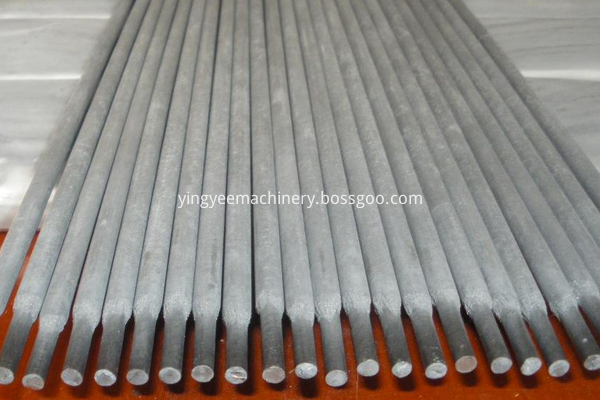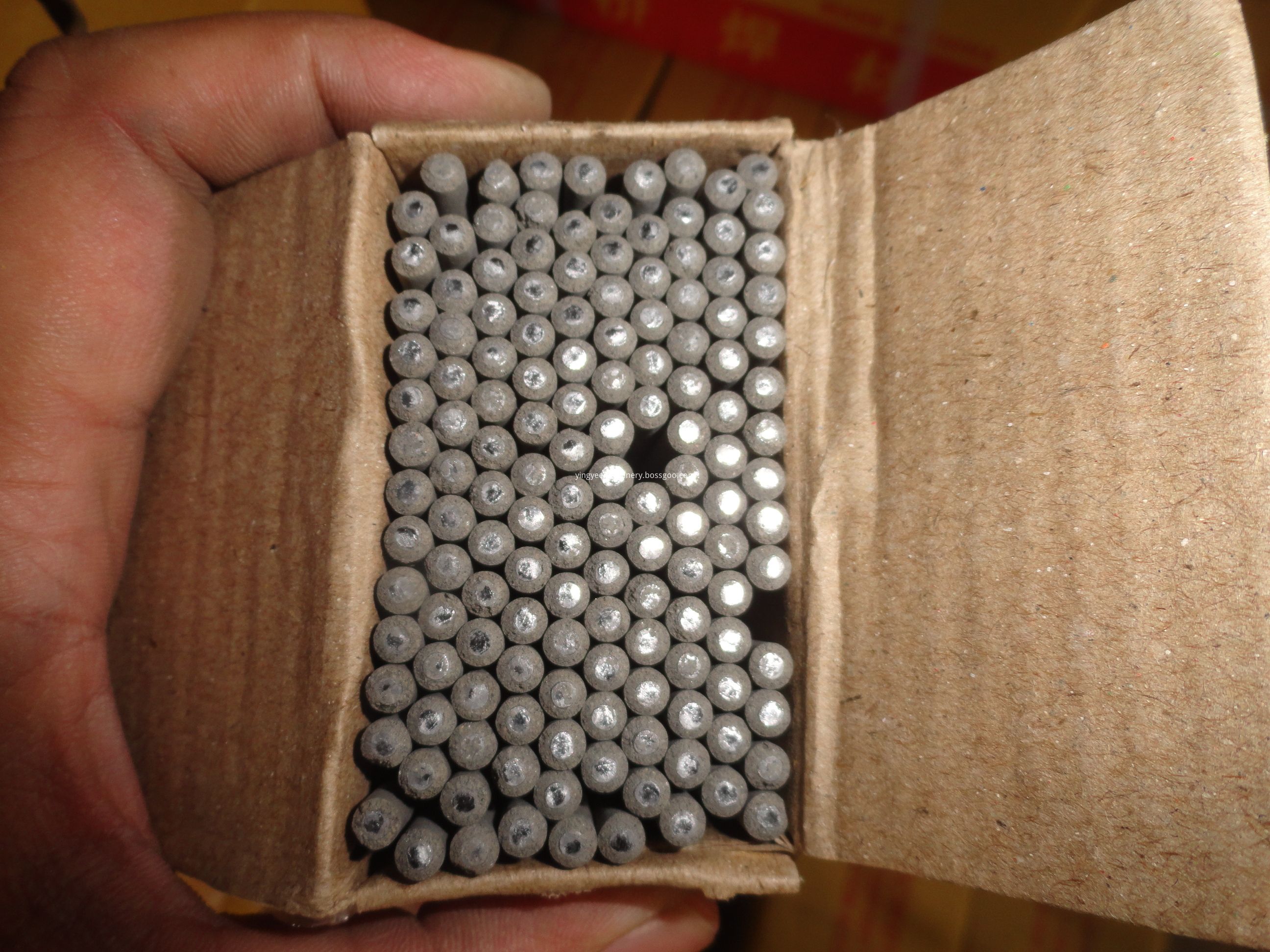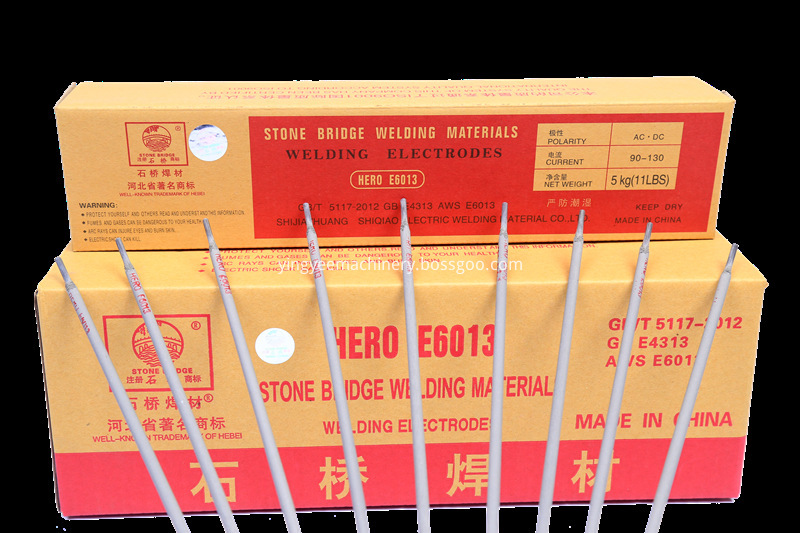Flow meter installation
1. Problems to be Observed during Installation Installation problems are different for different principle flow meter requirements. For some flowmeters, such as differential pressure flowmeters and velocity flowmeters, regulations require that a certain length or a long straight pipe section be provided upstream and downstream of the flowmeter to ensure that fluid flow at the inlet end of the flowmeter is fully developed. . Other flow meters, such as positive displacement flowmeters, float flowmeters, etc., do not require or require low straight pipe lengths.
Some flowmeters are subject to certain errors due to the influence of the installation. For example, Coriolis mass flowmeters can cause great errors due to the influence of mounting stress. Retrospective flow meter problems in use may not necessarily be due to the flowmeter itself, many of the conditions are due to improper installation. The common problems are the following:
1 Reverse the inlet face of the differential pressure flowmeter orifice plate;
2 The flow sensor is installed in places where the flow velocity profile is poor;
3 There is an undesirable presence in the impulse pipe connected to the differential pressure device;
4 The flow meter is installed in a hazardous or inaccessible place;
5 Flowmeter installation direction error;
6 The flowmeter or electric signal transmission line is placed under a strong electromagnetic field;
7 Install flowmeters that are susceptible to vibrations on vibrating pipelines;
8 Lack of necessary protective accessories.
2. Installation conditions The flow meter should pay attention to the adaptability and requirements of the installation conditions in use, mainly from the following aspects, such as the installation direction of the flowmeter, the flow direction of the fluid, the configuration of the upper and lower pipelines, the position of the valve, and the protection Accessories, pulsating flow effects, vibrations, electrical interference, and flow meter maintenance.
1 On-site Pipeline Wiring Pay attention to the installation direction of the flowmeter when piping on-site. Since the installation direction of the flowmeter is generally divided into vertical installation mode and horizontal installation mode, there are differences in flow measurement performance for these two installation modes. For example, the downward flow of the fluid causes the flowmeter sensor to exert additional force and affect the performance of the flowmeter, resulting in a decrease in the linearity and repeatability of the flowmeter. The installation direction of the flowmeter also depends on the physical properties of the fluid. For example, the horizontal pipeline may precipitate solid particles. Therefore, it is preferable to measure the flowmeter with this status and install it in a vertical pipeline.
2 Flow direction of the fluid This problem is similar to the installation direction of the flowmeter. Because some flowmeters can only work in one direction, reverse flow can damage the flowmeter. When using similar flowmeters, it is also considered that reverse flow may occur when there is no operation, and it is necessary to take measures such as installing a check valve to protect the flowmeter. Even if the flow meter can be used in both directions, the measurement performance between the forward and reverse directions may be somewhat different and should be used in accordance with the requirements specified by the manufacturer.
3 Flowmeter upstream and downstream straight pipe sections Because the flowmeter will be affected by the pipe inlet flow state, pipe fittings will also introduce flow disturbances. Flow disturbances generally have vortex and flow profile distortions. Vortex presence is generally due to two or two More than one space (stereoscopic) bend caused. Distortion of the velocity profile is usually made up of partial obstructions (such as valves) or elbows. These effects need to be improved with an appropriate length of upstream straight pipe sections or installation of flow regulators. In addition to considering the effects of flow meter attachments, it may also be necessary to consider the effects of the upstream piping assembly because they may produce different sources of disturbances, so it is important to pull the distance between disturbance sources as much as possible to reduce their impact. For example, like a partially bent valve followed by a partially open valve.
Downstream of the flow meter also requires a straight section to reduce downstream flow effects.
For volumetric flowmeters and Coriolis mass flowmeters, it is unlikely that they will be affected by asymmetrical flow profiles; Turbine flowmeters should minimize vortices when they are used; electromagnetic and differential pressure flowmeters should limit vortices to small values. Within range.
Cavitation and condensation are caused by irrational piping arrangements and avoid sharp changes in pipe diameter and direction. Poor piping can also produce pulsation.
4 Pipe Diameter and Pipe Vibration Some types of flowmeters do not have a wide range of pipe diameters, so being too large or too small will limit the choice of flow meter type. To measure the flow rate at low flow rate or high flow rate, you can select the flowmeter pipe diameter that is different from the pipe diameter. You can use different diameter pipe connection to make the flowmeter operate within the specified range. If the flow rate exceeds the range and the flow rate is too low, the increase in flowmeter error will not work. If the flow rate is too high, the flowmeter error may increase. At the same time, the flow sensor may overspeed or pressure drop too much and damage the use of the flowmeter.
Some flowmeters such as vortex flowmeters and Coriolis mass flowmeters for piezoelectric sensing devices are sensitive to mechanical vibration and are prone to interference with pipeline vibrations. Attention should be paid to the design of the front and rear pipelines of the flowmeter. For the elimination of pulsation effects using a pulse eliminator, it is also important to keep all installed flow meters away from sources of vibration or pulsation.
5 Valve installation position The control valve and isolation valve are installed in the pipeline where the flowmeter is installed. In order to avoid flow velocity disturbances and cavitation caused by the valve and affect the flowmeter measurement, the general control valve should be installed downstream of the flowmeter. Installing downstream of the flowmeter also increases the backpressure of the flowmeter, making it easier to reduce the possibility of cavitation inside the flowmeter.
The purpose of isolation valve installation is to isolate the flowmeter from the pipeline for easy maintenance. The upstream valve should be a sufficient distance from the flowmeter. When the flowmeter is operating, the upstream valve should be fully open to avoid disturbances such as distorted flow distribution.
6 Protective fittings The installation of protective fittings is a protective measure to ensure the normal operation of the flowmeter. For example, positive displacement flowmeters and turbine flowmeters generally require installation of filters and other necessary equipment upstream. The installation of all these devices must be done without affecting the use of the flowmeter.
7 Electrical Connections and Electromagnetic Interference Most current flow measurement systems, whether they are the flow meter itself or its accessories, have electronic equipment, so the power supply used must be compatible with the flow meter. When the output level of the flow meter is low, a preamplifier that is suitable for the environment should be used. The output signals of some types of flowmeters are easily interfered by high-power switchgears, which can cause the output pulse of the flowmeter to fluctuate and affect the performance of the flowmeters. For example, signal cables should be kept away from power cables and power sources as much as possible to reduce electromagnetic interference and radio frequency interference. influences.
8 Pulsation and unsteady flow In addition to the use of pulsation eliminators, it has been noted that the effect on pulsating flow should also be taken to keep all mounted flow meters away from the pulsation source. The most common sources of pulsation are hydrodynamic oscillations such as fixed displacement pumps, reciprocating compressors, oscillating valves or regulators, and vortex columns. In general, differential pressure flowmeters have pulsating flow errors. Turbine flowmeters and vortex flowmeters also produce pulsating flow errors. Unsteady flow refers to flow that changes over time and slow pulsation is a special case of unsteady flow. For example, the slow pulsation caused by the operation of an oversized control valve.
The flowmeter can separately handle the pulsation effects of the flow sensor and the secondary display instrument. Where the flow sensor is installed away from the pulsating source, a low-pass filter such as a gas-filled buffer (for liquids) or a choke (for gas) can also be installed in the piping system to reduce the pulsation. For secondary display instruments, the flowmeters with good response characteristics (such as electromagnetic flowmeters and ultrasonic flowmeters) can be used to increase the damping, and the pulsation parameters can be used to estimate the additional error of pulsation.
Fourth, the environmental conditions in the process of selecting the flowmeter should not ignore the surrounding conditions and related changes, such as ambient temperature, humidity, safety and electrical interference, etc.
1 Ambient temperature Ambient temperature changes affect the electronic part of the flowmeter and the flow sensor part. For example, temperature changes can affect the size of the sensor, change the fluid density and viscosity through heat transfer through the flow meter housing. When the ambient temperature affects the display meter electronics, the component parameters will be changed. The flow sensor and the secondary display instrument should be installed in different places, like the secondary display instrument should be installed in the control room to ensure that the electronic components are not affected by temperature. It should be said that when the influence of ambient temperature is used to estimate the total uncertainty of flow measurement, the impact should not be one of the major influences of uncertainty.
2 Ambient humidity The atmospheric humidity in the environment is also one of the problems that affect the use of the flowmeter. For example, high humidity can accelerate atmospheric corrosion and electrolytic corrosion and reduce electrical insulation. Low humidity can cause static electricity. Sharp changes in ambient temperature or medium temperature can cause humidity problems, such as surface condensation.
3 Safety The flow meter should be selected in accordance with the relevant regulations and standards to suit the use in explosive hazardous environments. The requirements of the site are in accordance with the explosion protection standards.
4 Electrical disturbances Power cables, motors, and electrical switches all generate electromagnetic interference. If no measures are taken, this can be a cause of errors in the flow measurement.
Welding electrode E7018is a kind of carbon steel electrode with high Titania type coating. It is widely used on AC and DC in all position, even used for welding low-carbon steel structure and strength grade low-alloy steel, generally for welding steel and ordinary carbon steel pipe.
Advantages:
1. Stable arc, less splash
2. Shaped good appearance
3. Easy for removal of slag layer
4. Easy for striking arc and restriking arc.
5. Operable with low amperages on sheet metal
6. Slag control accommodates vertical down welding
Product Name 300-450mm length electrode Welding Rod
Material Low carbon
Standard ISO, CNCA,SONCAP
Model E6013 E7018
Diameter 2.5mm 3.2mm 4.0mm
Packing 20kg per carton
Advantages Small spatter, no smell,easy arc, easy slag remove

Products & Packing




1. We offer installation service local in paid, reasonable charge.
2. QT test is welcome and professional.
3. manual and using guide is optional if no visiting and no installation.
Certification and after service:
1. Match the technology standard, ISO producing certification
2. CE certification
3. 12 months warranty since the delivery. Board.
Our advantages:
1. Short delivery period.
2. Effective communication
3. Interface customized.
Welding Rod E7018,Welding Electrode E7018,Electrode Welding Rod E7018,Welding Rod Welding Electrode E7018
YingYee Machinery and Technology Service Co.,Ltd , https://www.yingyee.cn